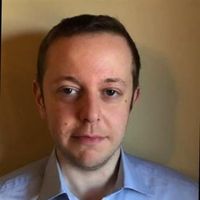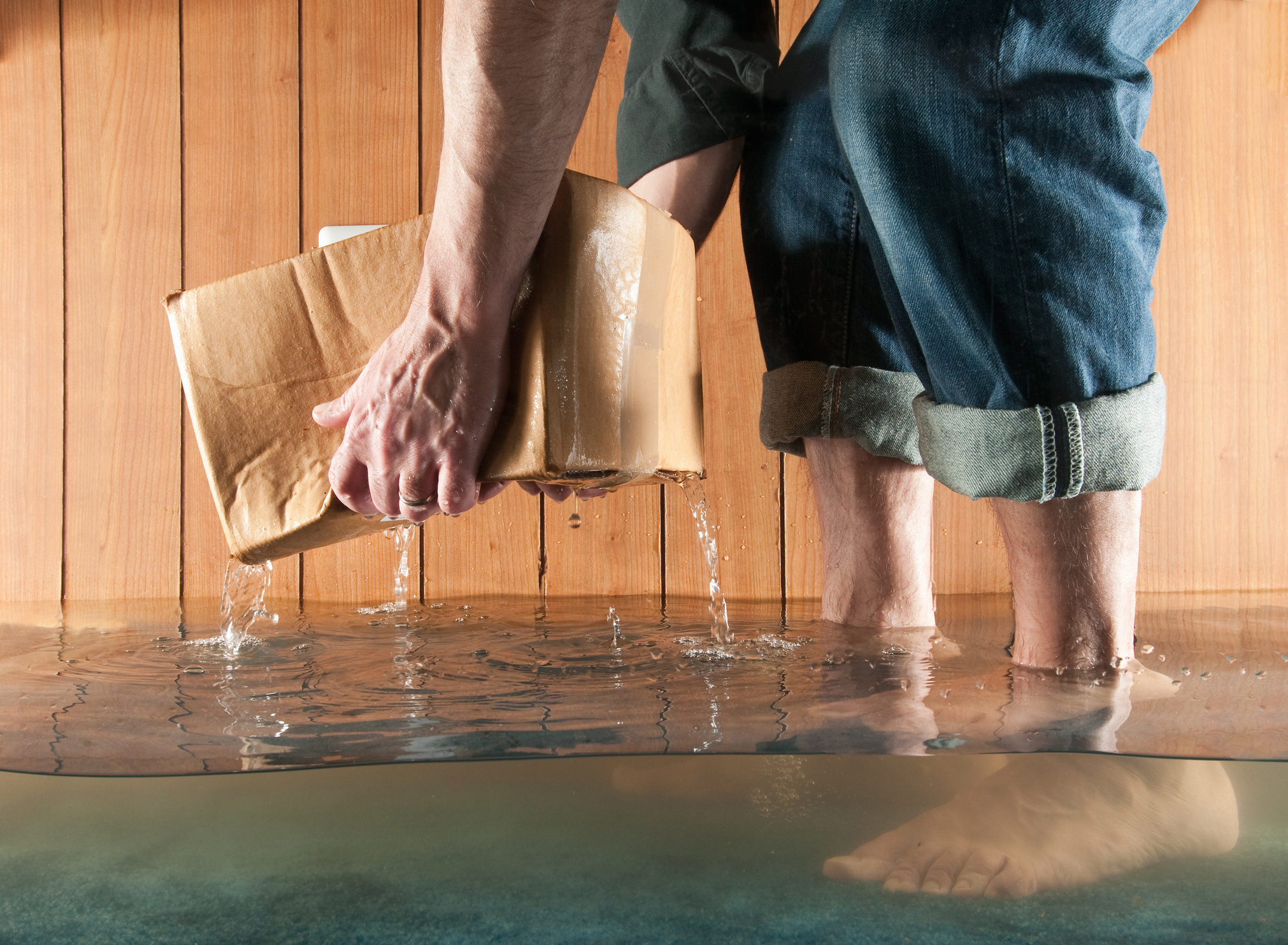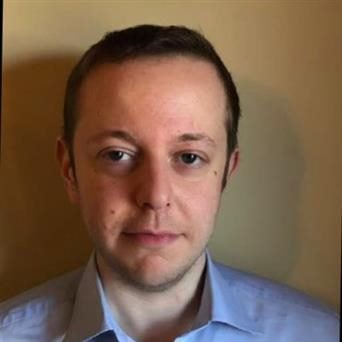6 Common Home Disasters Your Insurance Probably Won’t Cover
With storms battering the South and fall weather shifting in the North, it’s a good time to check which costly disasters your standard homeowners policy won’t cover.


Homeowners insurance can protect you against a wide range of risks, but not everything is covered. That’s a problem as severe weather becomes more common and costly.
The 2025 Atlantic hurricane season, for example, has already produced nine named storms — four hurricanes, including three major systems with winds over 115 mph. While the U.S. mainland has so far avoided major landfalls this fall, experts warn that even late-season cyclones can deliver destructive winds and flooding.
Yet many of the disasters homeowners fear most — from flooding to earthquakes to sewer backups — usually aren’t covered by a standard policy. Here are six common disasters that could cost you thousands if you don’t plan ahead.
From just $107.88 $24.99 for Kiplinger Personal Finance
Become a smarter, better informed investor. Subscribe from just $107.88 $24.99, plus get up to 4 Special Issues

Sign up for Kiplinger’s Free Newsletters
Profit and prosper with the best of expert advice on investing, taxes, retirement, personal finance and more - straight to your e-mail.
Profit and prosper with the best of expert advice - straight to your e-mail.
Natural disasters not covered by home insurance
While hurricanes, floods and wildfires dominate the headlines, those aren’t the only costly events that can damage your home. And many of them fall outside the scope of a standard policy. The following are six
Flooding
Flooding is one of the most common disasters homeowners face — and it’s not covered by standard home insurance. Whether caused by heavy rain, melting snow, overflowing rivers, hurricanes or tornadoes, flood damage requires separate coverage through the National Flood Insurance Program (NFIP), administered by FEMA. You can purchase this coverage through your insurance provider.
If you're questioning whether flood insurance is worth it, consider this: just one inch of water in your home can cause up to $25,000 in damage, according to FEMA. Keep in mind that there’s also a 30-day waiting period before flood insurance takes effect.
Earthquakes aren’t covered by standard policies either. If you live in a region prone to seismic activity, you’ll need a separate earthquake policy. Other natural disasters often excluded from homeowners insurance include landslides, sinkholes, and in some cases, wildfires.
Review your policy carefully — especially if you live in a high-risk area — to make sure you have the protection you need.
Explore and compare some of today's top home insurance offers with the tool below, powered by Bankrate:
Sewer or sump pump backup
Flood damage caused by sewer or sump pump backups isn’t covered by standard home insurance — or by flood insurance. While many homeowners understand they’re responsible for their sump pump systems, fewer realize they’re also on the hook for the sewer lines that run from their home to the city’s main system.
Sewer backups can cause thousands of dollars in damage — not just to flooring and personal belongings but also to electrical systems, which can be costly to repair.
To protect against this type of damage, you’ll need to purchase sewer or sump pump backup coverage, either as a policy add-on (endorsement) or a separate policy altogether. Costs typically range from $50 to $350 per year, depending on your chosen coverage limits.
Damage caused by lack of maintenance isn’t covered
Homeowners insurance is designed to protect against sudden and unexpected events — not gradual wear and tear. If damage to your home is determined to be the result of neglect or lack of maintenance, your insurer won’t cover the cost of repairs.
That means problems like mold, termite damage or infestations from rodents or insects typically aren’t covered. The same goes for issues caused by delayed upkeep, such as leaky roofs, rotting wood or plumbing problems that could have been prevented with routine inspections and maintenance.
In the eyes of insurers, these types of issues are preventable and the homeowner’s responsibility. To avoid costly repairs — and denied claims — stay on top of regular maintenance and address small problems before they escalate.
Injuries on your property might not be fully covered
While most homeowners insurance policies include liability coverage for injuries, there are exceptions — especially when the injury is linked to poor maintenance or higher-risk features on your property.
For example, if someone is hurt due to a broken step or loose handrail, your claim could be denied if the damage was deemed preventable. Similarly, trampolines, swimming pools, and even treehouses are often considered attractive nuisances — features that carry added risk and may be excluded unless you’ve added specific liability coverage.
If you have any of these extras, it’s a good idea to review your policy and talk to your insurer about umbrella insurance or personal liability endorsements to make sure you're fully protected. The cost for additional coverage can vary significantly based on your risk level and the features involved.
Valuables like jewelry or collectibles may be underinsured
Your homeowners insurance policy likely includes personal property coverage, but it may not be enough to fully protect high-value items such as jewelry, fine art, antiques or collectible items if they’re lost, stolen or damaged in a covered event.
Standard policies often impose limits on payouts for certain categories — for example, you might only be covered for up to $1,500 for stolen jewelry, regardless of its actual value.
To ensure full protection, you’ll need to schedule these items through a rider or endorsement, which provides coverage based on appraised value.
The cost will depend on the items you’re insuring and their total worth, but it can be a small price to pay for peace of mind.
Additional deductibles for named storms

If you live in a coastal state, it’s important to know that damage from named storms like hurricanes and tropical storms often comes with a separate deductible.
According to the National Association of Insurance Commissioners, these deductibles typically range from 1% to 10% of your home’s insured value, though some may be a fixed dollar amount. This added cost applies in 19 states and the District of Columbia, where insurers either require a specific endorsement or a separate policy to cover named storm damage.
Here are the states where this applies:
- Florida
- North Carolina
- South Carolina
- Georgia
- Virginia
- Texas
- Mississippi
- Alabama
- Louisiana
- Hawaii
- New York
- New Jersey
- Pennsylvania
- Massachusetts
- Maryland
- Rhode Island
- Delaware
- Connecticut
- Maine
You’ll notice that most of these states are prone to hurricanes, so insurers may not allow homeowners to buy this coverage within one to two days of a hurricane or other major severe-weather event.
The reason for the separate deductible stems from Hurricane Andrew in 1992, although they became more common after Hurricane Katrina, which caused more than $64 billion in insured losses.

Review Your Coverage Regularly
In general, any damage that exceeds your policy limits won’t be covered, which is why it’s important to review your homeowners insurance annually. Make sure your coverage is sufficient to fully replace your home and belongings in the event of a disaster.
Even if nothing has changed in your situation, it’s still a good idea to check your coverage levels. Inflation and rising construction costs have significantly increased the price of materials and labor in recent years, which means you could be underinsured without realizing it.
Related content
Profit and prosper with the best of Kiplinger's advice on investing, taxes, retirement, personal finance and much more. Delivered daily. Enter your email in the box and click Sign Me Up.

Jacob is the founder and CEO of ValueWalk. What started as a hobby 10 years ago turned into a well-known financial media empire focusing in particular on simplifying the opaque world of the hedge fund world. Before doing ValueWalk full time, Jacob worked as an equity analyst specializing in mid and small-cap stocks. Jacob also worked in business development for hedge funds. He lives with his wife and five children in New Jersey. Full Disclosure: Jacob only invests in broad-based ETFs and mutual funds to avoid any conflict of interest.
-
 The SEC Is Concerned for Older Investors and Retirement Savers. Here's What You Should Know
The SEC Is Concerned for Older Investors and Retirement Savers. Here's What You Should KnowThe SEC focusing on older investors, retirement and college savers, and private securities. Here's how those changes impact you.
-
 Vesting, Catch-Ups and Roths: The 401(k) Knowledge Quiz
Vesting, Catch-Ups and Roths: The 401(k) Knowledge QuizQuiz Test your understanding of key 401(k) concepts with our quick quiz.
-
 Why You Should Pay Attention to Company Guidance
Why You Should Pay Attention to Company GuidanceUnderstanding how corporate profit forecasts affect analysts’ estimates and stock ratings can help you make investment decisions.
-
 How to Protect Yourself and Others From a Troubled Adult Child: A Lesson from Real Life
How to Protect Yourself and Others From a Troubled Adult Child: A Lesson from Real LifeThis case of a violent adult son whose parents are in denial is an example of the extreme risks some parents face if they neglect essential safety precautions.
-
 Here's How Much You Can Earn with a $100,000 Jumbo CD
Here's How Much You Can Earn with a $100,000 Jumbo CDYou might be surprised at how fast a jumbo CD helps you reach your goals.
-
 A Financial Planner Takes a Deep Dive Into How Charitable Trusts Benefit You and Your Favorite Charities
A Financial Planner Takes a Deep Dive Into How Charitable Trusts Benefit You and Your Favorite CharitiesThese dual-purpose tools let affluent families combine philanthropic goals with advanced tax planning to generate income, reduce estate taxes and preserve wealth.
-
 How Financial Advisers Can Best Help Widowed and Divorced Women
How Financial Advisers Can Best Help Widowed and Divorced WomenApproaching conversations with empathy and compassion is key to helping them find clarity and confidence and take control of their financial futures.
-
 Your Guide to Buying Art Online
Your Guide to Buying Art OnlineFrom virtual galleries to social media platforms, the internet offers plenty of places to shop for paintings, sculptures and other artwork without breaking the bank.
-
 I'm 59 With $1.7 Million Saved and Just Lost My Job. Should I Retire at 59½, or Find New Work?
I'm 59 With $1.7 Million Saved and Just Lost My Job. Should I Retire at 59½, or Find New Work?We asked professional wealth planners for advice.
-
 Metro by T-Mobile Is Giving Away This Samsung Galaxy A16: Which Plans Are Eligible?
Metro by T-Mobile Is Giving Away This Samsung Galaxy A16: Which Plans Are Eligible?Metro by T-Mobile is offering free Samsung Galaxy A16 phones on eligible plans right now. Here’s how the deal works.
-
 I Drive and Collect Classic Cars: Here’s How I Got in the Game Without Spending a Fortune
I Drive and Collect Classic Cars: Here’s How I Got in the Game Without Spending a FortuneAre classic cars a hobby or an investment strategy — or both? Either way, the vintage car scene is much cooler and more affordable than you think.